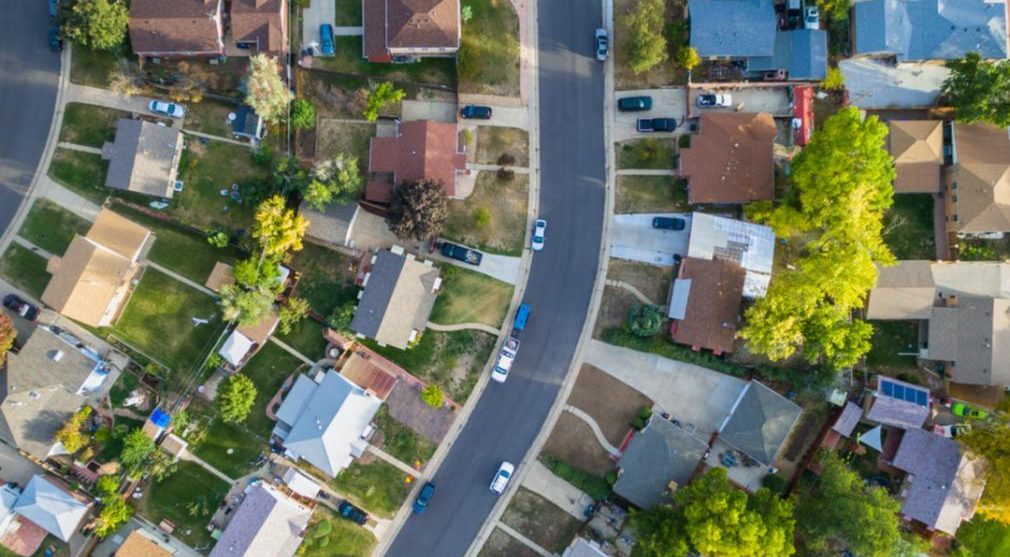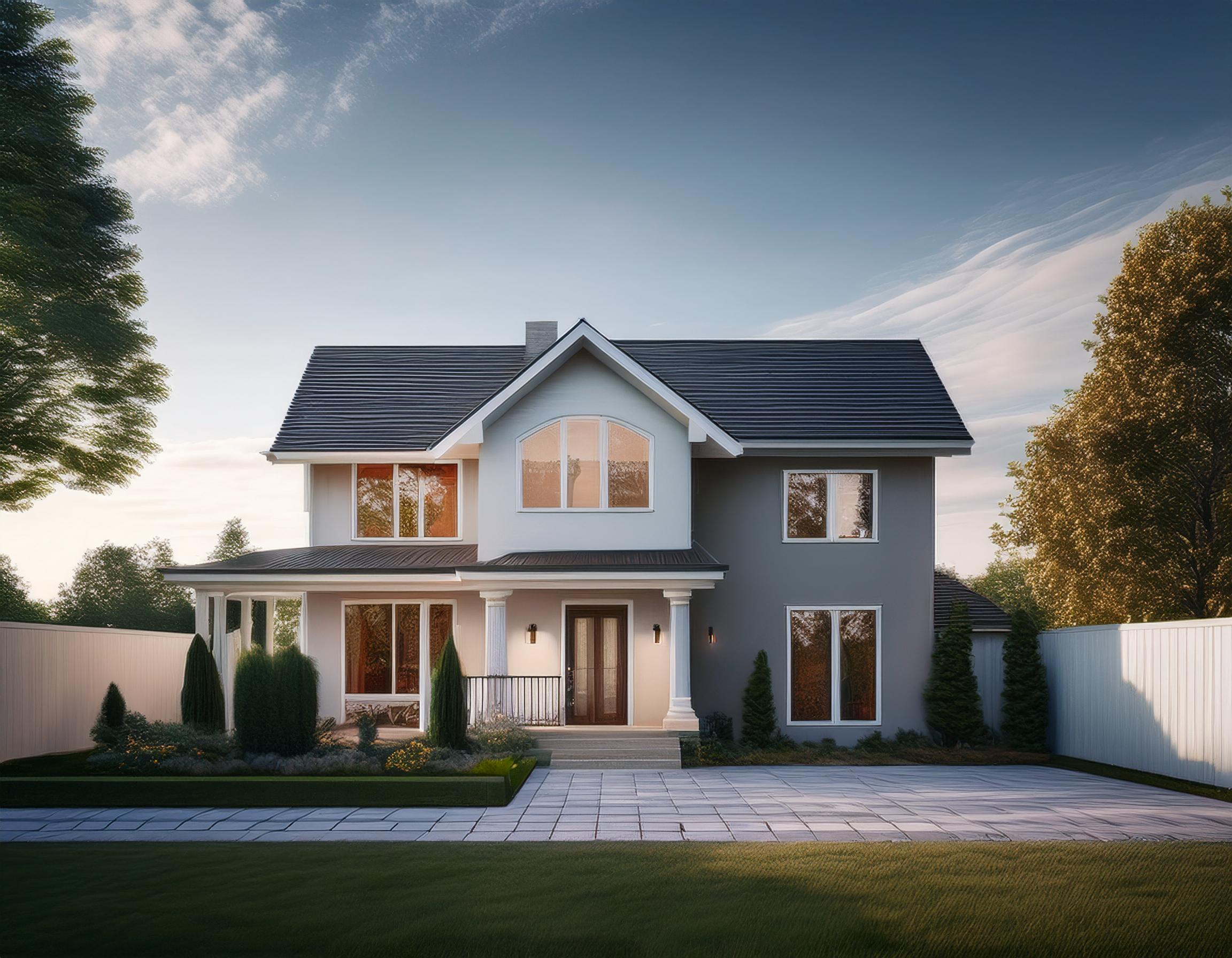TUSCALOOSA, Ala. — Purchasing a home in Alabama continues to be a challenge. Mortgage rates and home prices continue to be elevated, but there was a small measure of relief during the fourth quarter of 2024.
According to a recent report from the Alabama Center for Real Estate (ACRE), the state’s Alabama Housing Affordability Index (AHAI™) increased 0.9% from the third quarter. Affordability increased slightly as the statewide median sales price decreased 2.3% from the third quarter. This offset a slight rise in interest rates on a 30-year fixed-rate mortgage, which increased from an average of 6.51% in Q3 to 6.65% in Q4.
Alabama’s affordability score also increased from one year ago, rising 5.7%, percent, while the nationwide affordability score increased as well, rising 4.3% year-over-year.
Seven of the state’s 12 metro areas showed an increase in affordability from Q3 2024. The Decatur area has the largest increase at 3.5% from Q3, followed by the Huntsville area with a 2.6% increase.
For non-metro areas, Monroe County had the largest affordability increase during Q4, with the area’s score rising 30.1%. As noted in the report, in smaller volume reporting areas (non-metro areas), median sales prices can fluctuate significantly more than in larger volume reporting areas (metro areas) due to the smaller sample size of the dataset.
The statewide AHAI score of 130 during Q4 2024 means that a family earning a median family income of $82,500 has approximately 1.3 times the income necessary to qualify to purchase Alabama’s median priced home of $257,436. The index assumes standard underwriting criteria and an 80% loan-to-value ratio.
Midsize metro areas in the central part of Alabama continue to be the state’s most affordable markets. Anniston-Oxford-Jacksonville was the state’s most affordable metro area with an AHAI score of 150. Other metro areas with higher affordability scores include Huntsville (142), and Gadsden (140). Areas with lower affordability scores include Daphne-Fairhope-Foley (103) and Auburn-Opelika (104), but affordability scores Daphne-Fairhope-Foley increased one point from Q3.
The statewide housing affordability index is calculated as the ratio of the state’s actual median family income to the income needed to purchase and finance the state’s median priced home. An index number of 100 means that a family earning the state’s median income has just enough buying power to qualify for a loan on the state’s median priced, single-family home, assuming standard underwriting criteria and a 20% down payment. The higher the index number is, the more affordable the housing.
“Market conditions for home buyers improved slightly during the fourth quarter, but the extremely low interest rates of several years ago are still fresh on people’s minds,” said Stuart Norton, Associate Director of ACRE. “Even with the quarter-over-quarter decrease in home prices, home prices are up on an annual basis, and some potential buyers are finding themselves priced out of the market.”
The AHAI™ uses interest rate data from the Freddie Mac’s Primary Mortgage Market Survey. According to the Q4 2024 survey, it recorded a composite monthly interest rate of 6.65%, down from the Q3 2024 mark of 6.51%.
The University of Alabama, part of The University of Alabama System, is the state’s flagship university. UA shapes a better world through its teaching, research and service. With a global reputation for excellence, UA provides an inclusive, forward-thinking environment and nearly 200 degree programs on a beautiful, student-centered campus. A leader in cutting-edge research, UA advances discovery, creative inquiry and knowledge through more than 30 research centers. As the state’s largest higher education institution, UA drives economic growth in Alabama and beyond.





